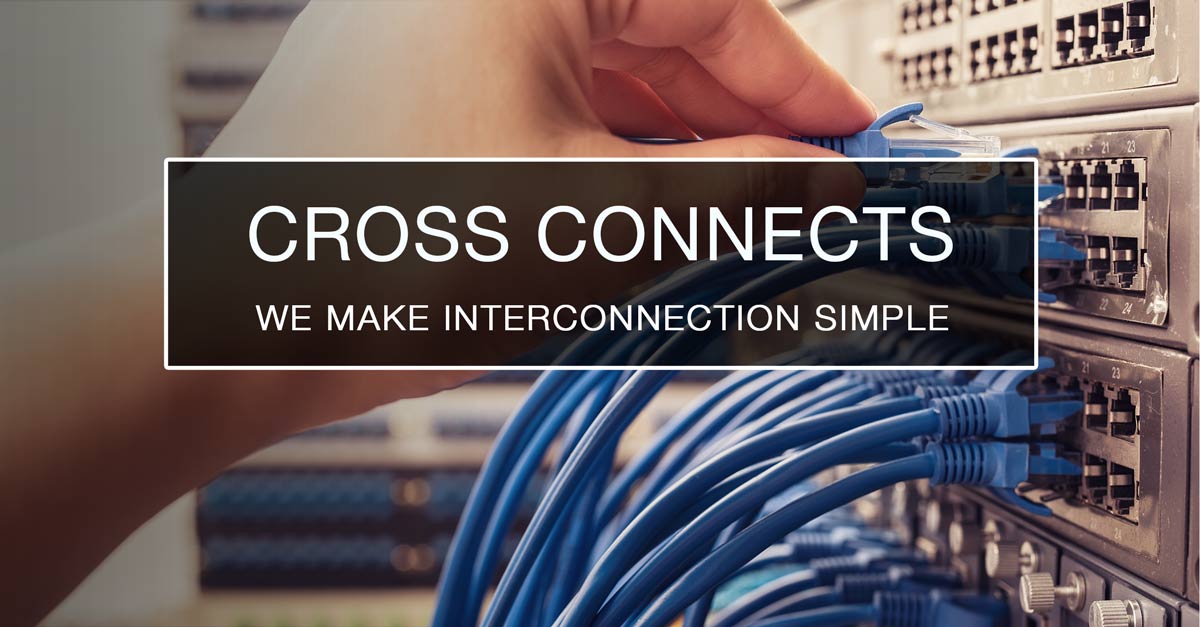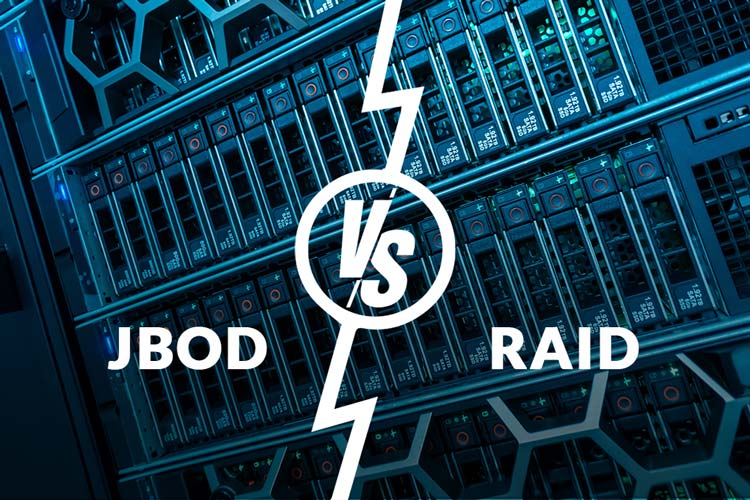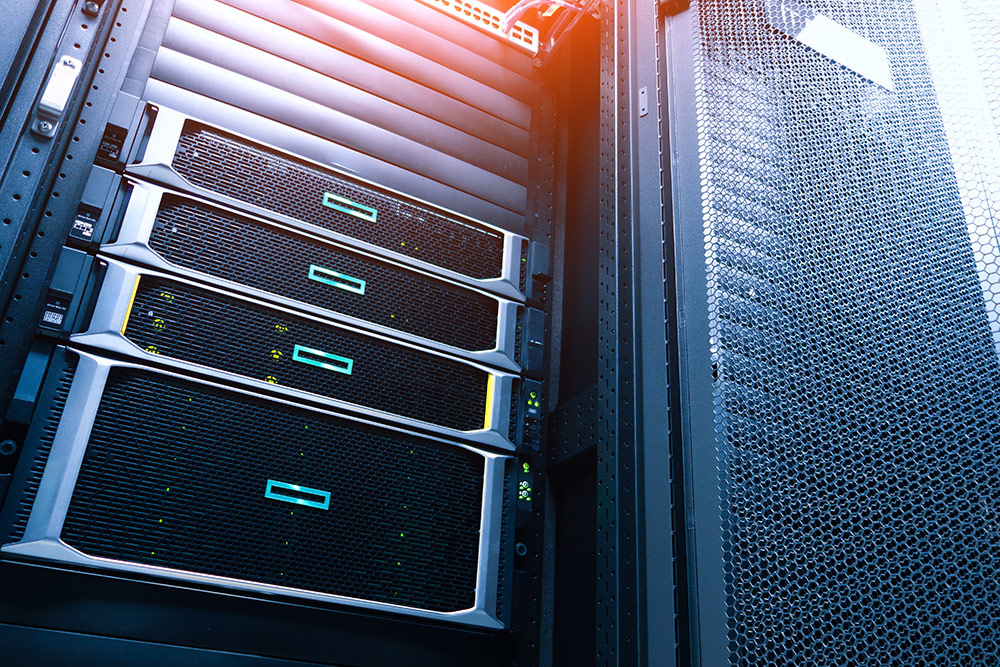Data centers are constantly evolving to keep pace with the booming digital economy, blending new technologies with mature knowledge to offer high-quality options for clients to choose from. Cross-connects are at the foundation of the data center ecosystem, catering to business needs with high-performance connectivity solutions.
Network performance is crucial in staying ahead of the competition. It is a must-have for speed and reliability, and it is irremissible for providing quality customer service. Today, it’s already common knowledge that having a good network connection is essential for business success, and cross-connects occupy a vital role in this framework.
Still, even though connectivity is one of the most integral components in all IT infrastructures and a basic asset of data centers, it’s important to understand the differences and the available options. Colocation providers like Volico Data Centers put forth solutions like Volico Cross Connects and offer different, tailor-made connectivity solutions to every client’s specific needs.
In this blog, we will dive deep into connectivity solutions to better understand what Volico Cross Connects are and what they bring to the enterprise in the world of business. Stick with us!
Cross connects: definition and role
Cross connects are facilitated with the help of pieces of physical hardware like fiber cables, cords, and jumpers, which enable connections from one device to another within and beyond the data center ecosystem. These can be connections to service providers and business partners or provide secure and direct access to carriers. They can be maintained by a data center or across multiple data center locations, connecting points with the aim of optimizing latency.
To put it simply, cross connects refer to a physical connection between two independent entities. The connection happens through patch panels, network switches, and cabling. Such a connection aims to grant a high-speed and high-security connection between the two points connected.
Cross-connects serve the needs of colocation customers by improving traffic flow, decreasing latency, and, as a result, increasing overall performance. Cross-connects are preferred by many companies that need a reliable and consistent connection as opposed to internet-based alternatives. These connections are valuable for their security, minimizing data packet loss and offering a more optimal recovery solution in case of a disaster.
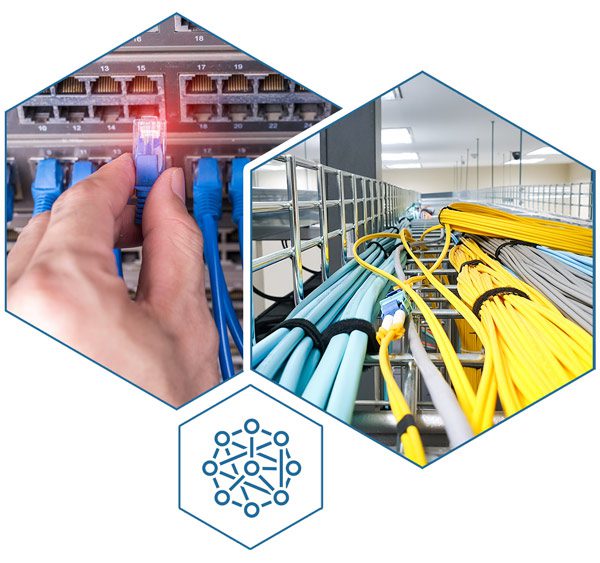
Why are cross connects important?
Solutions like Volico Cross Connects significantly improve and simplify connectivity in a data center while also shrinking the costs of networking. As the technology ecosystem diversifies and becomes more complex day by day, cross connects continue to remain fundamental assets. The flexibility, simplicity, and efficiency of this solution make Volico cross connects an optimal choice for connecting with business partners. These are the main benefits:
- The stable connections cross connects provide are low-latency and allow faster data transmission. This makes them a popular option for organizations that require fast data transmissions.
- Because cross connects establish a private connection between two parties, they represent a more secure solution.
- Cross connects are high-performance. They offer greater throughput, high reliability, availability, and fault tolerance
- It’s a less expensive solution for operations that heavily rely on bandwidth availability.
How cross connects actually work
Cross connects involve two independent sides: an originator and a receiver. Those are typically referred to as A-side and Z-side. The two are separate systems, so for the connection to happen, the two have to sign a legal agreement called a Letter of Authorization. The partner on the Z-side has to specify in the documentation the physical point (cage, cabinet, or patch panel) where the connection ends on their side.
There are a few variations of the hardware itself, however, the industry standard is the single-mode fiber or SMF. Copper and multi-mode fiber are frequently used alternatives as well, presuming they meet the necessary criteria.
Standard cross connects use cases
Without getting lost in the maze of cable bundles, let’s take a quick glimpse at a few types and elements of cross connects.
Local cross connects
Local cross connects are employed between two clients’ infrastructures within the data center, and they constitute a direct connection. In this case, connecting presupposes the Meet Me Room service. A local cross connection can link two separate customers, but it can also mean connections between different points of the same customer’s own ecosystem.
Internet exchange
An internet exchange physically connects different ISPs and content providers through an ethernet switching mechanism, allowing the parties to interchange traffic. This method cuts connecting costs and provides a more reliable network experience.
Comprehensive Cross Connects
These types of cross connects are the bridge between two client ecosystems that are not located within the same data center but belong to the same facility. In this case, the colocation provider supplies cross connects through the Meet Me Room.
Metro Connects
If the two client ecosystems are at larger distances from each other, metro connections are the solution. Colocation providers typically supply dedicated Layer 1 and Layer 2 fiber cross connects to link ecosystems in extended areas like cities. Beneficiaries can leverage different levels of redundancy to fit their particular needs.
These were a few of the use cases of cross connects. Now that we’ve covered the essentials, we can jump into understanding Volico Cross Connects and how your business can take advantage of its benefits.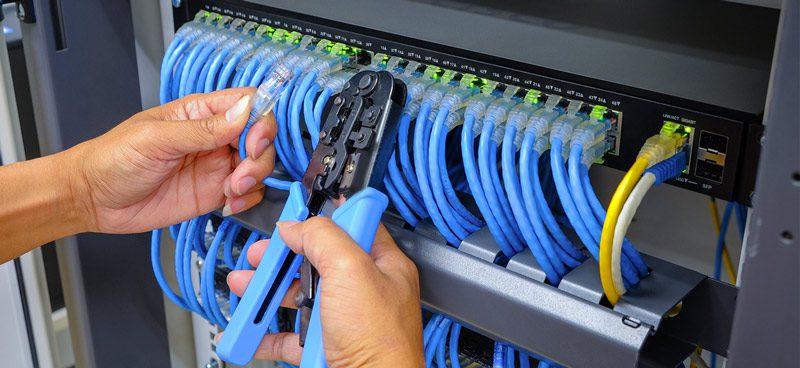
The two brothers of Volico Cross Connects: Volico Interconnects and Direct Connects
In the data center context, all three connectivity methods (cross-connects, interconnects, and direct connects) facilitate connections between networks and cloud environments. However, the three are somewhat different, and misconceptions can form around their roles. In order to understand Volico cross connects better, let’s look at the core differences between interconnect, direct connect, and cross connect.
Volico Interconnect
The term “interconnect” in data center relations refers to linking two or more cloud services for the benefit of mutual exchange of traffic. The connected parts can be located in different places or data centers. Interconnections require fiber-optic cable and a low-latency, high-speed network that makes fast communication achievable. This helps data exchange between partnering organizations, whose systems and applications might be located in separate cloud environments.
Interconnection solutions at Volico Data Centers expedite complex transactions between multiple parties and organizations. Volico’s high-performance connectivity solutions ensure that transactions are seamless and systems stay reliable.
Volico Direct Connect
Direct Connect is a service that enables users to create a dedicated network connection between the cloud provider’s data center and their own IT infrastructure. Generally, the connection is facilitated through a physical port. It is built to provide a network experience that beats the internet connection in the usual sense. Direct connect allows access to cloud resources and data transfers. It is a popular solution for organizations that run hybrid cloud workloads. Direct Connect requires a private dedicated network to connect to the cloud, offering an alternative to the previously used public cloud solutions for running applications and storing data.
At Volico Data Centers, our clients can leverage direct connect solutions. These solutions let them connect to cloud providers directly for a quality connectivity experience.
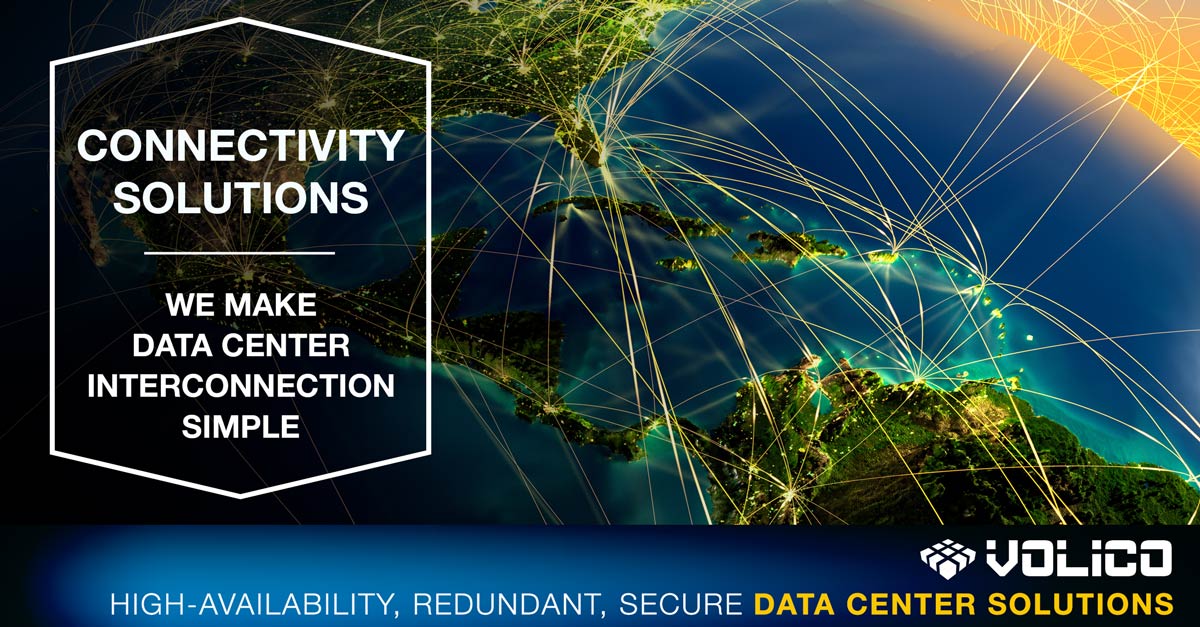
Volico Cross Connects
And lastly, what are Volico cross connects? By looking at the three types of connectivity solutions offered by Volico Data Centers side by side, it is easier to understand the nuances. Each of these solutions has its context of usage and serves different purposes. If we are to recap in a nutshell, the definition of cross connects is: a private, physical cabling option that facilitates a connection between two parties in a data center.
Volico Cross Connects provides secure connections for business partners and clients needing private carrier access for higher performance and lower latency.
Our strategically positioned carrier-neutral interconnection facilities at Volico Data Centers offer Volico Cross Connects: an interconnection service that provides access to leading telecommunications carriers, ISPs, and content providers. These connections are secure and ideal for business partners or clients needing high-performance and low-latency private carrier access. Volico cross connects aims to make interconnection easy and offer the most reliable, quality connectivity solutions for various business needs in particular.
Got questions? Want to talk specifics? That’s what we’re here for.
Contact us to learn about how we can help improve your connectivity experience and network costs with Volico Cross Connects!
• Call: (305) 735-8098
• Chat with a member of our team to discuss which solution best fits your needs.

